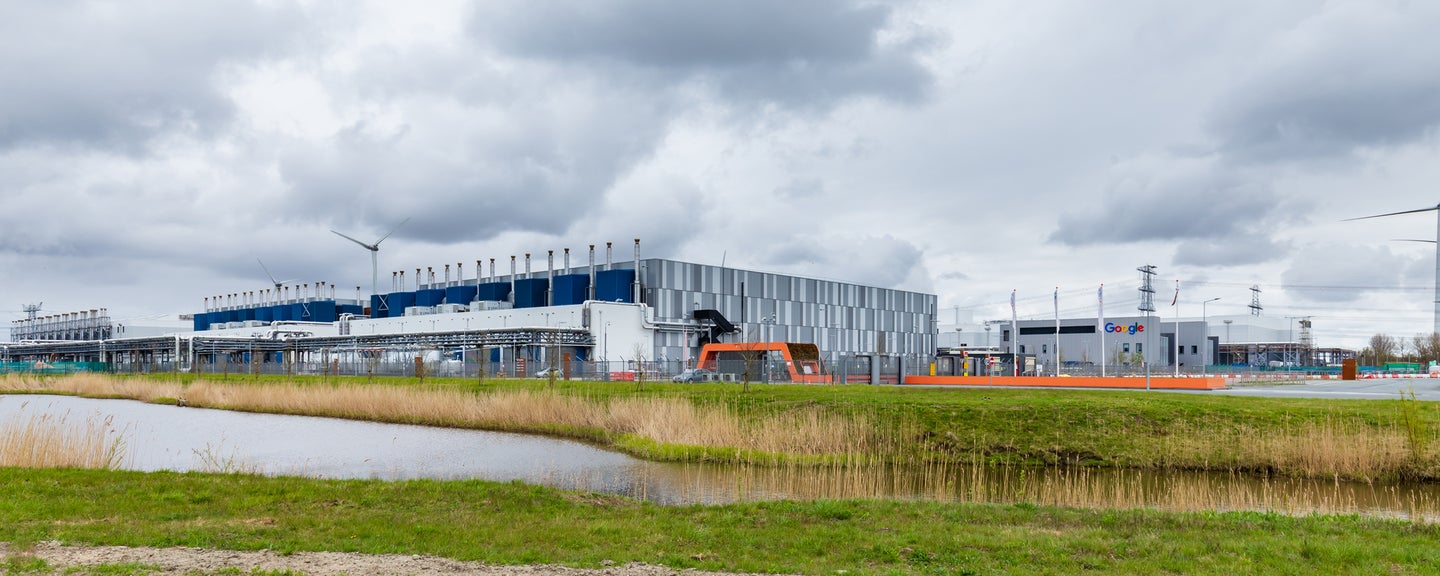Google is planning a $9.5 billion expansion of its offices and data centers
Here’s what we know about where that money is headed.

Google is planning a $9.5 billion expansion that is expected to create more than 12,000 jobs across the United States this year, CEO Sundar Pichai announced in a blog post Wednesday. Much of this investment will focus on the company’s offices and data centers, which are large-scale facilities where the company stores, processes and disseminates data.
Pichai offered some insight into areas that will benefit from the expansion, including Georgia, where the company will open a new office, and Texas and Colorado, where new offices are already underway. Existing offices in New York, Massachusetts, Washington, and Pennsylvania will also receive additional funding, as will data centers in many of those states and others, including California, Iowa, and Nebraska. The focus on improving Google’s physical spaces comes a week after the company began calling some employees back into the office, albeit on modified schedules.
“It might seem counterintuitive to step up our investment in physical offices even as we embrace more flexibility in how we work,” Pichai wrote. “Yet we believe it’s more important than ever to invest in our campuses and that doing so will make for better products, a greater quality of life for our employees, and stronger communities.”
[Related: Are ‘water positive’ pledges from tech companies just a new kind of greenwashing?]
The blog post does not go into specifics about what those “better products” might look like for users, and it also avoids any particular details about how existing offices or data centers might change. However, Pichai does connect this investment to the company’s ambitious green goals, saying that the improvements will in part focus on setting “new standards for green building design.” He also mentions the ambitious goal Google set last year to operate on carbon-free energy full-time by 2030, which would require all of its facilities to be sustained by electricity from local grids.
This poses a particular challenge for the data centers, which are part of the backbone of Google’s digital services (along with elements like subsea cables, to help data move beneath oceans) — when you enter a Google search, for example, it travels to one of these centers to be processed. In the past, these spaces have come under fire for their wastefulness, requiring massive amounts of electricity and water to operate. According to CNBC, updating them to meet this carbon-free milestone will require improving the data centers’ energy efficiency and choosing future facility locations based on access to cleaner grids, like those powered by wind or solar energy.
